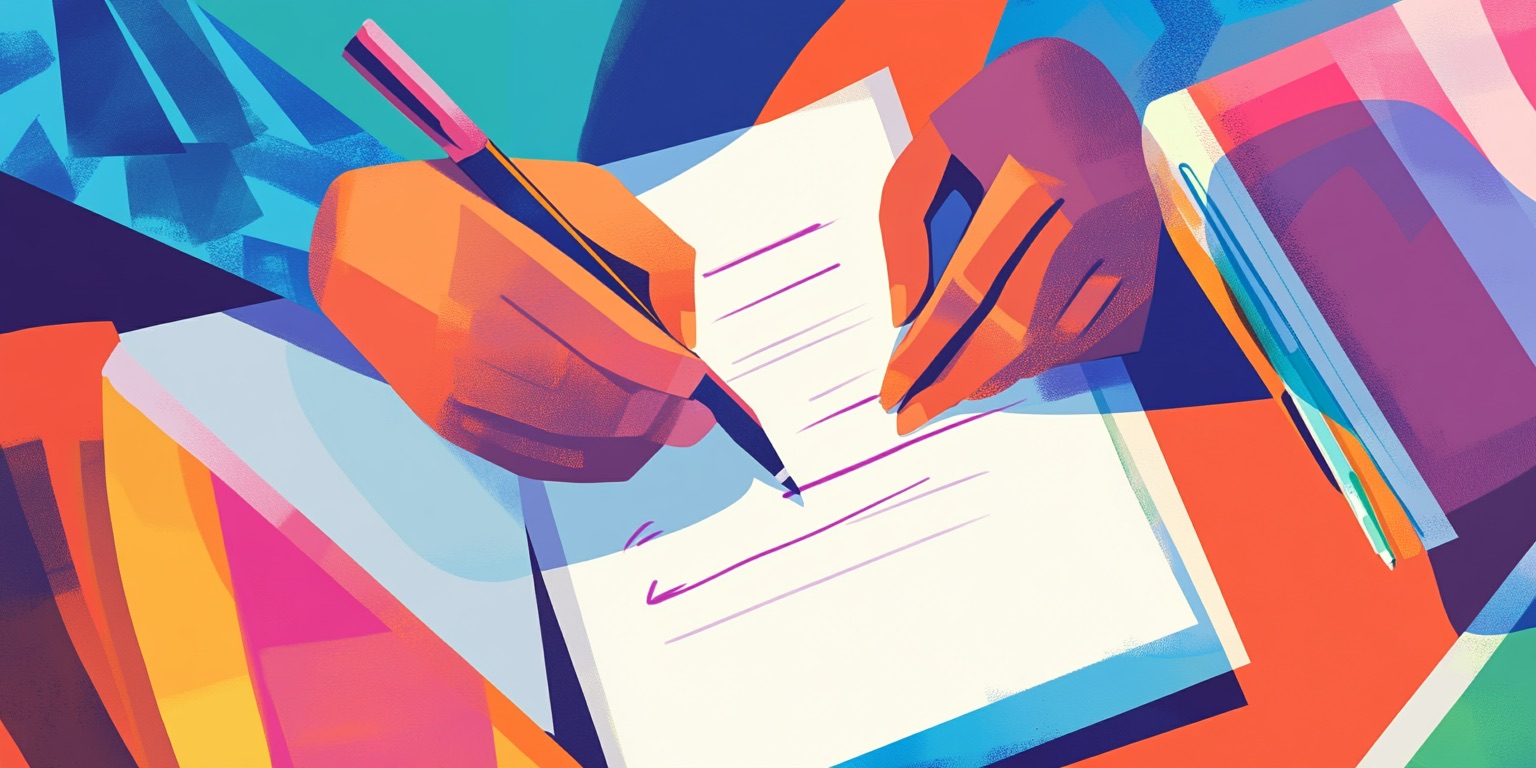Is anyone ever really comfortable writing about themselves? Have you tried to write a simple bio for your website or filled out the About section of your social media profile? It’s not always the most comfortable thing to do. What do you say? It can feel awkward talking about yourself.
Surface-level accomplishments are one thing, but what about the deeper, nitty-gritty details of life that have shaped us into the person we’ve become? Yeah, that stuff. How do you clean it up and make it presentable enough to share with an audience?
If you’ve ever considered writing a memoir or an autobiography, beginning with an autobiographical essay might be a good place to test the waters.
What is an autobiographical essay?
Well, you’ve likely guessed that it’s writing about yourself, but what makes it different from any other personal writing like memoirs, autobiographies, and biographies?
An autobiographical essay (also called a narrative essay) is a subcategory of an autobiography. It’s similar in that it’s about your life story but a lot shorter. It is considered a primary source since it is written in the first person and based on facts (not autobiographical fiction) pulled from personal experiences.
A well-written autobiographical essay follows the same structure as a standard five-paragraph essay that’s divided into an introduction, body, and conclusion. They can be any length, but those used for work and school applications are usually no more than 650 words.
What should I do before writing an autobiographical essay?
Before beginning the writing process, ask yourself the following questions:
Why am I writing this essay?
Autobiographical essays are often written for college applications, and since they are in first person, they are not the best fit for book bios; however, they can work for an author website bio if you want to give readers a close peek into your backstory.
Who is my audience?
Similar to the previous question, knowing who (audience type) will be reading your essay will make it easier for you to create a more engaging piece. Knowing your audience’s expectations can help to guide your writing. A single story can be told in many different ways. You are not trying to build your story into something it is not, but rather, develop it in a way that answers the questions your audience may want to know.
What part or parts of my life do I want to share?
It’s up to you. Similar to an autobiography, you can share your life story (summarized, of course) or you can select an event or group of events that shaped your life in some way (similar to a memoir).
Who do I want to include in my story?
Unlike an autobiography or memoir, an autobiographical essay is short and sweet, so there’s not a lot of room to bring other characters into the story if you’re giving an overview of your life history. An exception is if you choose to focus on a specific incident or event, but only a brief mention of others is recommended since the story is about you.
What should my writing process look like?
It’s up to you. There are different ways to write and it just depends on how you process, develop, and write information. As mentioned in this article on prewriting strategies, planning and researching before you begin writing will save you time and make the process smoother. Some examples of prewriting include:
Mind-mapping – a process that allows you to visually connect ideas to create cohesiveness in writing.
Research/ Notetaking – allows you to gather information and then put it into a form that you can use later, which is critical to a well-written essay.
Free-writing / Journaling – writing freely without regard to format, punctuation, or order. It allows you to get all of the words out onto the page without rules.
Storyboarding – the use of sticky notes or other forms of quick notes like index cards to write down story parts and rearrange them until you create the ideal story order.
What are the steps to writing an autobiographical essay about my life?

There are 7 steps to writing an autobiographical essay. As previously mentioned, a standard essay consists of five paragraphs that make up three parts:
- Introduction (one paragraph)
- Body (three paragraphs)
- Conclusion (one paragraph)
Step 1: Create an outline
Whether you’re a plotter (someone who prefers outlines) or a pantser (someone who prefers to “fly by the seat of their pants” when writing), autobiographical essays have a particular structure, so outlining can definitely save you time and frustration. You have a finite amount of space to say what you want, so every sentence has to be placed strategically in order to get the details in the proper order so that it makes sense.
Start with a basic three-part outline: introduction, body, and conclusion.
Step 2: Expand the outline
What part or parts of your life did you decide to share? Remember that you only have three paragraphs so you want to narrow your story down to the most impactful moments. Expand the body section of your outline to include these parts.
In the case of autobiographical essays, less is more. Trying to cram too many things into your story can minimize it’s impact.
Step 3: Start your essay with an engaging introduction
Greet your reader with who you are and what you are about to share. The introduction is your space to hook the reader so that they’ll want to read the rest of your essay.
Step 4: Fill out the body of your essay.
Chronological order is best. With autobiographies and memoirs, there’s room for flashbacks and playing around with sequence, but not with essays. The safest route is from point A to point B.
Step 5: Wrap up your story
Your conclusion is the nice pretty bow that you add to the gift of your life story that you’ve just shared. Sharing your story takes a lot of courage, no matter how short it is. It’s inviting someone into the deeper parts of you who are, and that’s a big deal.
The conclusion is a great place to remind the reader why you shared your story and what you hope they’ll glean from it. Maybe it’s to get to know you better or perhaps take something from it that can help them in some way. Whatever you choose to say, make it memorable. First impressions are important but last impressions leave a mark.
Step 6: Edit, and then edit again
Similar to writing a book, editing is everything. Great editing shines a light on what you may have overlooked while also pushing you to write authentically and succinctly. Unlike writing full-length books where hiring a professional editor is essential, autobiographical essays can get by with a good spell-checker, a writing app, and an alpha reader (someone you trust who can give honest feedback.).
This is not to say that you can’t hire a professional editor. There are very talented editors available who would be more than happy to assist, but if that is not in your budget or just not part of your big-picture plans, make the best of the resources you have at your disposal.
Some writing assistants you can use include:
Hemingway App
Once you’ve finished writing and editing your essay, read it out loud to yourself or use the text-to-speech option available with some writing editors like Google Docs. Do you like the way it sounds? How’s the flow? Do your ideas connect seamlessly or are they disjointed? Be honest with yourself, so you can decide the next best steps.
Step 7: Finalize your essay
If you need to go back and rewrite some things, don’t let that discourage you. The best writers understand that rewrites can help you fine-tune your story and create the best version possible.
Takeaways
Writing an autobiographical essay is not only a way to share a part of your life story with others. It’s good practice if you’ve ever considered writing an autobiography. The shorter version might be what’s needed to spark your interest. You never know.
No two life experiences are the same. Maybe yours is exactly what someone else is looking for to give them a new perspective on life.
























